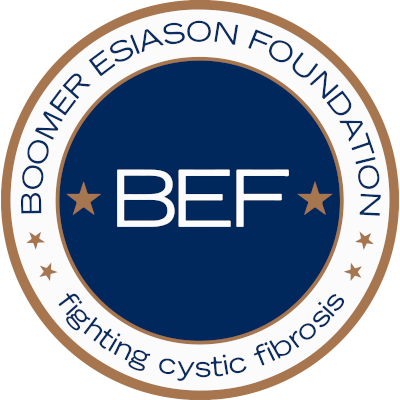Increased referrals from around the country and surgeons’ ability to use donor lungs once considered unsuitable contributed to a record 131 lung transplants at University of Pittsburgh Medical Center last year, officials said Tuesday.
The 2010 total was the most among the nation’s 66 lung transplant centers. The centers performed a total of 1,771 lung transplants, according to the United Network for Organ Sharing, a nonprofit organization that tracks organ transplants for the federal government.
The growth of UPMC’s program is due, in part, to increased transplants among patients with more complicated conditions, said Dr. Joseph Pilewski, transplant pulmonologist and medical director of the UPMC Lung Transplantation Program.
People with pulmonary fibrosis, emphysema and cystic fibrosis are more likely to require a lung transplant, he said. UPMC is taking some of the higher-risk patients, such as those with a cardiac illness, who are typically rejected by other centers.
UPMC’s lung transplant patients have an average survival rate of 81 percent after one year and 66.9 percent after three years, according to the most recent data from Scientific Registry of Transplant Recipients, an organ research agency in Ann Arbor, Mich. The survival rates are within expected ranges, according to the agency.
Survival rates for lung transplant recipients tend to be lower than those for liver recipients because lungs are more susceptible to rejection and infections, Pilewski said. Better ways to do the surgery, such as a minimally invasive technique used since 2007, have minimized problems following the procedure.
“We have better assessment of donors compared to other institutions,” said Dr. Yoshiya Toyoda, UPMC’s director of cardiothoracic transplantation. UPMC doctors transplant lungs that don’t appear to be usable, he said, but improved donor management — including CT scans and other tests — have shown the organs can help patients.
“The lung is the same, but other centers think the lung is not good. With proper assessment, most of the lungs are usable,” Toyoda said.
Federal allocation rules established in 2005 call for the sickest patients to get available lungs, a change that also may have contributed to increased volume, Pilewski said.
“It was a very flawed system,” he said. “Previously, some patients were dying because they couldn’t obtain suitable organs. But now if patients are sick, they will be transplanted relatively quickly.”
Since the program began in 1982, UPMC surgeons have performed more than 1,300 lung transplants. In each of the past four years, the program has performed more than 100 transplants. To address the increased volume, UPMC added more transplant coordinators and surgeons, officials said.
The region’s other lung transplant program, at Allegheny General Hospital in the North Side, was temporarily stopped in July. Two surgeries were performed there in 2010 and only one in 2009.
Source: Pittsburgh Tribune-Review
